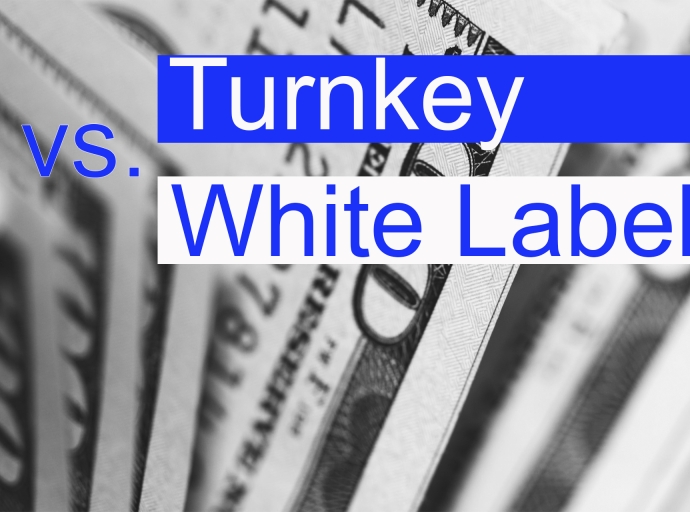Boost Your Client Retention with These Game-Changing CRM Strategies for MetaTrader Brokers!
All Stories
Unlocking Success
Maximizing Growth
Unveiling the Secret Strategies of Industry Titans Dominating the Full-Scale Forex Market - You Won’t Believe What They’re Doing!
Meaning and Mechanisms Explained
Discover Your Perfect Match!
Battle of the Price Feed Titans: Unveiling the Ultimate Provider for Features, Reliability, and Costs Revealed!
Unveiling the Mystery: Managed Forex Accounts Demystified!
Unlocking Lightning-Fast Trading with the Best Forex Server Solutions
A Closer Look at А-Broker’s Tools and Services for Successful Forex Investments
Discover the Game-Changing Benefits of a Trusted Gateway Provider for Your Forex Business! Find Out Why It’s a Must-Have for Success!
Why Fast Forex Servers are Essential for Brokers in High-Volume Trading
Unlocking Success






















